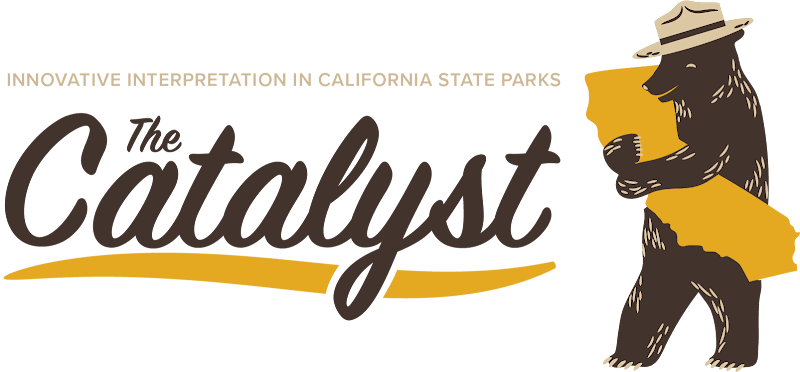
Beyond Interpretation – Coordinating Volunteer Coordinators
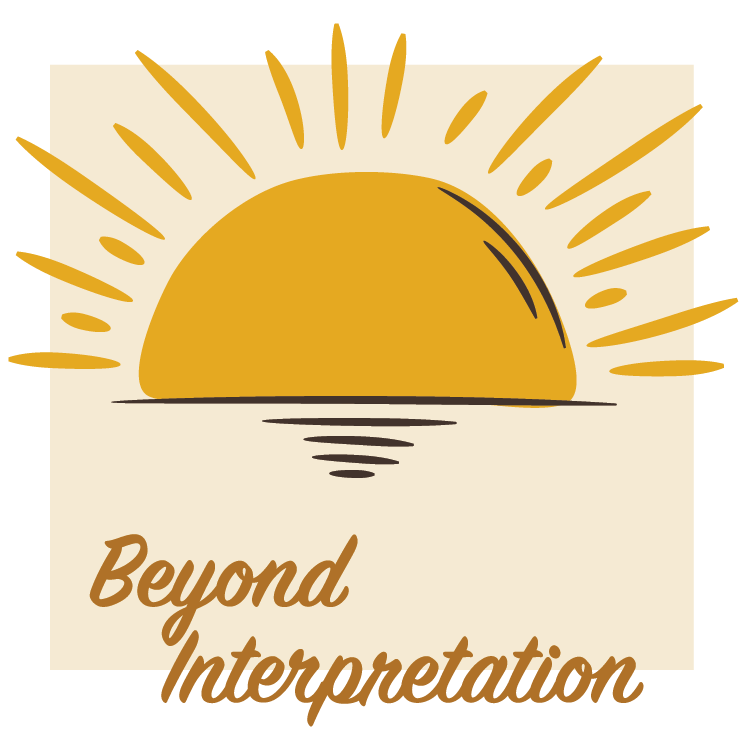
The relationship between California State Parks and its volunteers is critical to our mission. The person who shoulders the responsibility of nurturing and assisting the staff who coordinate the many volunteers contributing their time and skills to our parks programs is Rachel Young, Volunteers in Parks Program Coordinator in the Partnerships Division. The Volunteers in Parks Program had been part of Interpretation and Education for forty years, before moving over to the Partnerships Division in 2018 along with Cooperating Associations, other nonprofit partners, and Concessions. Rachel began working with the department in May of 2018, about six months prior to the transition.
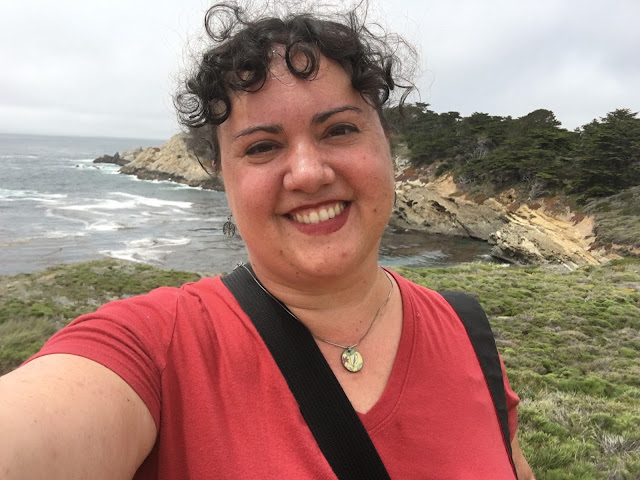
The first big project was to roll out “Better Impact,” the statewide volunteer management software, which, among other things, tracks the hours and schedules of volunteers. Volunteer Coordinators in the field assume the responsibility of working with volunteers and maintaining a park’s volunteer program. When added to the duties of a full-time or even seasonal position, volunteer coordination can be a bit daunting. Rachel knows this and provides many resources to assist Volunteer Coordinators. Her biggest advice? Know who (and what) your resources are, beginning with Rachel herself. You can always reach out to her. There’s also the Volunteer Coordinator Toolbox, a “one-stop shop” SharePoint for Volunteers in Parks Program (VIPP) Volunteer Coordinators. Need access to SharePoint? Contact Rachel and she will make it happen, with a little help from IT staff.
Volunteers can now find parks’ programs online using Better Impact’s public recruitment page, which is in use statewide. All volunteer hours have been required to be logged in to Better Impact since the first day of 2021. Valuing and recognizing volunteers occurs locally, at the park level, and on a statewide basis. There are two formal awards: the Volunteer Poppy Award which recognizes a minimum of five years of service and the Volunteer Medallion Award, which recognizes a minimum of ten years and is typically given after having received a Poppy Award. Volunteers are also eligible for some of the Director’s Awards, such as the Partnership Award.
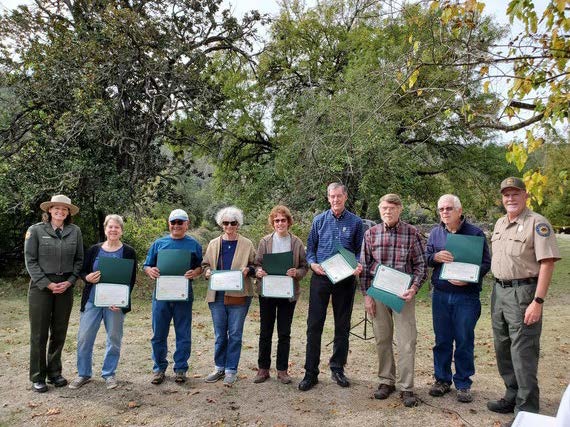
Well-aware of the challenges presented to Volunteer Coordinators, Rachel stated that she “hates to think that there are people out there struggling simply because they don’t know who their resources are.” Her goal is to try to make the role of Volunteer Coordinator as smooth as possible by providing resources and time-saving tools. Many of those resources and tools may be accessed in the Volunteer Coordinator Toolbox including:
- VIPP news
- Program policies and procedures
- Links to other SharePoint sites having VIPP resources (Bear in Mind training for volunteers, Better Impact, Camp/Park Host Programs, Volunteer Passes, recognition and engagement, and Annual Reports)
- Definitions
- Getting started – Recruiting, Registering, and Onboarding Volunteers (forms and checklists)
- Uniforms information
- Ongoing Volunteer Program management
- Handling volunteer separation/termination (guidelines, exit interviews, sample dismissal letter, retention of volunteer paperwork)
Look for an introductory email as a new Volunteer Coordinator. In it there will be instructions on how to sign up for monthly, one-hour Volunteer Coordinators conference calls, as well as new Volunteer Coordinator orientations offered every other month. Rachel suggests that new Volunteer Coordinators attend an orientation as soon as possible after taking up their new roles.
Of the 250 Volunteer Coordinators statewide, only two currently hold positions which allow for full-time devotion to the task. Everyone else has either a full-time or seasonal position plus the duties of volunteer program oversight. Volunteer Coordinators wear lots of hats and may be found performing a range of duties within parks. As of last August, 29% of these staff are interpreters, 23% are Rangers/Supervisory Rangers, 10% are Park Aides or Senior Park Aides. There are also Archaeologists, Curators, and Park and Recreation Specialists who serve as Volunteer Coordinators.
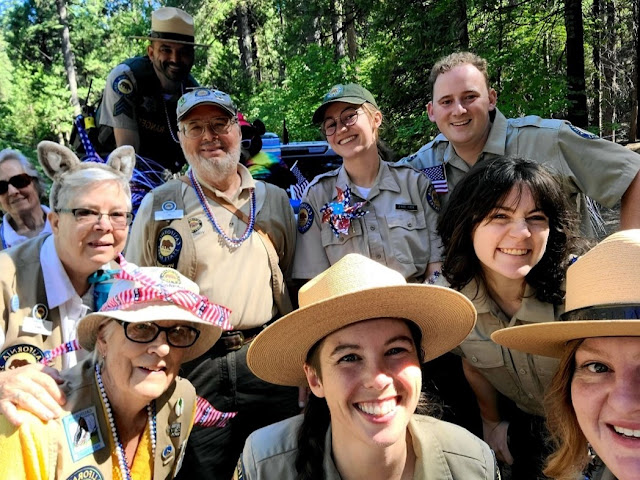
Within the ranks of volunteers there may be found people serving as Campground Hosts, docents or tour guides, people who help with maintenance tasks, those who support natural resources staff with invasive plant eradication, trail patrollers on bikes, horseback, or on foot providing extra eyes for public safety and who interact with our visitors. Our volunteers and their tasks are becoming nearly as diverse as our parks. Increasingly, volunteer programs provide a way of introducing youth to parks. Virtual volunteer opportunities exist through conducting research, monitoring wildlife cameras, updating handbooks or manuals, and assisting with newsletters or other communications among volunteers, the public, and parks.
The biggest challenge for Volunteer Coordinators is finding time. For this, Rachel recommends setting regular office hours for volunteers (which creates a helpful boundary, so they feel valued and heard, but aren’t interrupting your other work), and putting in time to build relationships with them. Additionally, she recommends taking some time to become familiar with volunteer program resources, policies, and procedures. Both efforts will pay off with future dividends. As a new Volunteer Coordinator, you may enter a situation where a program has not had the attention it required and has “run rogue” in the past. Relationships with volunteers prevent them from experiencing feelings of rejection or replacement when presented with change. Rachel noted that “It takes more time to fix things from the back end than to do things correctly from the beginning.” Last fall, Volunteer Coordinators had the opportunity to participate in a survey of their experiences with the VIPP. Results of the survey will be shared with District Managers during their upcoming meeting in March. In her capacity as VIPP Coordinator, Rachel tries to advocate for staff needing additional support.
Finally, Rachel spoke of the importance of keeping things separate for volunteers who give their time to both the department and to the Cooperating Associations. There are policies to follow when entering this “gray area” specified in the agreement between the Cooperating Association and the department. Are there staff who serve as both the Volunteer Coordinator and the Cooperating Association Liaison or CAL? Please write to The Catalyst and let us know. Our thanks to Rachel, to all Volunteer Coordinators, and to the thousands of volunteers in parks!
